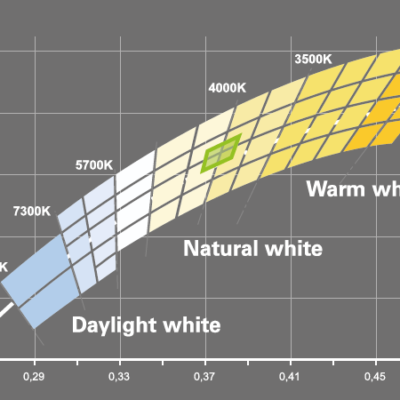November 21st, 2023
LiFi, or Light Fidelity, is a wireless communication technology that uses light to transmit data. It is based on the principle of visible light communication (VLC), where light-emitting diodes (LEDs) are used to transmit data by modulating the light at high speeds. Here’s a basic overview of how LiFi works:
- Light Source:
- LiFi primarily utilizes LED lights as the source of light for communication. These LEDs are designed to emit light in a way that is imperceptible to the human eye when modulated at high frequencies.
- Modulation:
- The intensity of the LED light is modulated very rapidly, often beyond the detection capability of the human eye. This modulation is used to encode data in the light signal.
- Data Transmission:
- The modulated light serves as a medium to transmit data. The variations in light intensity correspond to binary data (1s and 0s).
- Photodetector:
- At the receiving end, a photodetector, such as a photodiode, is used to capture the light signal. The photodetector converts the received light signal into an electrical signal.
- Data Decoding:
- The electrical signal is then processed and decoded to retrieve the original data. This process is similar to how data is transmitted and received in traditional wireless communication systems, but it uses light waves instead of radio waves.
- Bidirectional Communication:
- LiFi can support bidirectional communication by using different frequencies for data transmission and reception. This allows for full-duplex communication, where data can be sent and received simultaneously.
- High Data Rates:
- One of the advantages of LiFi is its potential for high data rates. The modulation of light can occur at extremely high frequencies, allowing for data transmission rates that rival or exceed those of some traditional wireless technologies.
- Security:
- LiFi can offer enhanced security features because light signals do not pass through walls, providing a level of physical security. However, encryption and other security measures are still essential for securing the transmitted data.
- Applications:
- LiFi can be used in various applications, such as indoor wireless communication in environments like offices, hospitals, and aircraft, where traditional radio frequency (RF) communication may face challenges.
- Integration with Lighting Infrastructure:
- Since LiFi uses LED lights for data transmission, it can be easily integrated into existing lighting infrastructure. This dual-use of LEDs for both illumination and data communication is a key feature of LiFi.
It’s important to note that LiFi is complementary to other wireless technologies like Wi-Fi and is not designed to replace them entirely. Instead, LiFi can be used in conjunction with existing technologies to provide additional communication channels, especially in areas where radio frequency-based communication is not suitable or poses interference issues.


